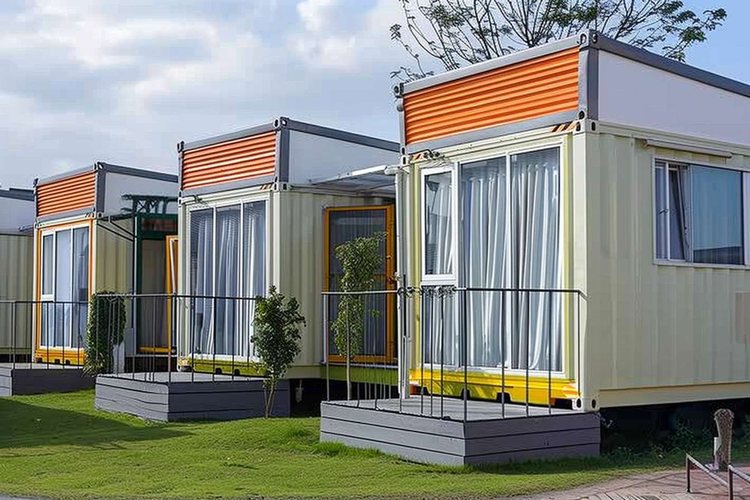Shipping Container Uses in Housing and Sustainable Living
Shipping containers have evolved from cargo storage to versatile building blocks for new housing approaches. Repurposed steel modules offer compact, durable shells that can be adapted into single units or combined configurations. Their standardized dimensions and availability make them appealing to architects, builders, and homeowners exploring alternative construction methods and sustainable living strategies.

What is a shipping container?
A shipping container is a standardized metal box originally designed for transporting goods by sea, rail, and road. Common sizes are 20-foot and 40-foot units, made from corten steel for weather resistance. Their structural integrity, stackability, and modularity allow them to be used beyond transport — as storage, pop-up retail, studios, and building blocks for housing. The predictable dimensions simplify planning and logistics when integrating containers into construction projects.
How are shipping containers used for container home projects?
Container home projects convert one or more containers into habitable space by adding insulation, openings for windows and doors, utilities, and interior finishes. Designers may leave some industrial elements exposed for aesthetic effect, or fully retrofit the shell to meet conventional residential standards. Combining multiple containers side-by-side or stacked creates larger floor plans, and careful placement of cutouts preserves structural support. Local building codes and permits typically affect what modifications are allowed and how a container home is legally classified.
What role does architecture play in container home design?
Architecture transforms raw containers into functional, comfortable living spaces. Architects address thermal performance, ventilation, daylighting, and circulation while responding to site conditions and orientation. Creative detailing—such as cantilevers, courtyards, and screened facades—can mitigate the boxy appearance and improve livability. Integration with foundations, weatherproofing, and load-bearing changes require structural analysis. Thoughtful architecture balances the container’s constraints with spatial quality, ensuring safety, code compliance, and long-term performance.
How do container homes relate to sustainable living?
Container homes can support sustainable living goals when designed and built with environmental considerations in mind. Reusing an existing steel shell reduces demand for new raw materials, and the compact footprints often encourage efficient energy use. Adding high-quality insulation, energy-efficient windows, passive solar orientation, and renewable systems like solar panels enhances overall sustainability. However, sustainability depends on the full lifecycle: corrosion treatment, off-gassing of previous cargo residues, and the embodied energy of cutting, welding, and transporting containers must be managed responsibly.
What housing and site considerations matter for container conversions?
Site access, local zoning, and foundation needs are key when planning a container housing project. Containers are heavy and require flat, load-bearing foundations or piers. Transportation to the site may need permits and crane access. Zoning and building codes determine allowable uses, minimum room sizes, insulation requirements, and utility hookups, which influence whether a container is treated as a temporary structure, accessory dwelling unit, or primary residence. Noise, insulation, and condensation control should be addressed through proper detailing and HVAC planning.
How do maintenance and longevity affect container housing?
Long-term performance of container housing depends on corrosion prevention, regular inspections, and appropriate finishes. Corten steel resists weathering, but cuts and welds expose raw metal that must be primed and protected. Paint, sealants, and controlled drainage reduce rust risk. Interior moisture control—through vapor barriers, ventilation, and dehumidification—prevents mold. Mechanical and electrical systems should be installed to residential standards with accessible service points. With proper maintenance and quality construction, container homes can remain functional for decades, though materials and retrofit choices influence lifespan.
Conclusion
Shipping containers offer a practical, modular platform for alternative housing that intersects architecture and sustainable living. Successful projects balance the container’s strengths—durability and modularity—with careful design, code compliance, and environmental considerations. Whether used for small-scale dwellings, additions, or experimental architecture, container-based housing requires informed planning and ongoing maintenance to achieve comfortable, long-lasting results.






